Communicate high expectations. We know that when parents or teachers have high expectations of youth of color, they tend to achieve greater academic success. Adults’ high expectations can motivate purpose development, as well. One student named Lydia referred to her parents, saying: “They only have up to a high school diploma. That’s about it. And they want, for us, they want more. Like, they want us to be doctors, like lawyers, and stuff because they have high expectations for us.”
An authentic, strengths-based approach to teaching and learning isn’t really possible unless teacher-leaders are committed to addressing their biases. Genuine care for our students means holding high positive expectations for all of them—and believing in their potential for growth.
Be invested and accessible. When adults make themselves available to students and demonstrate commitment to their success, students can feel energized. Another participant in the stress-purpose study shared, “[My teachers have] been motivators to me because my teacher has helped me reach my goal of going to Boston Arts Academy . . . [If I had a problem] I could go to someone in my family, or any other teacher, because I feel like they’re all open, and they all make time for you.”
As developmental psychologist Urie Bronfenbrenner famously stated: “Every child needs at least one adult who is irrationally crazy about him or her.”
Facilitate self-exploration. On a more practical level, Kendall Bronk, a researcher in youth purpose development, shares a number of simple activities that can increase students’ purpose. For example, students can read about someone who lived an inspiring life of purpose or discuss motivating quotes about purpose while relating those quotes to their personal lives. Even a brief, 45-minute discussion of purpose, values, and interests can increase the sense of purpose that students feel.
According to Bronk, “Purpose is pretty malleable. It’s pretty easy to help young people think about purpose, and identify and even start working toward that purpose.”
It’s also crucial to recognize and acknowledge some of the very real barriers and stressors that may stand in students’ paths. And perhaps most notably, it’s important to consider that some of those so-called barriers could be the very things that compel students to achieve their larger goals—especially when they have our support.
